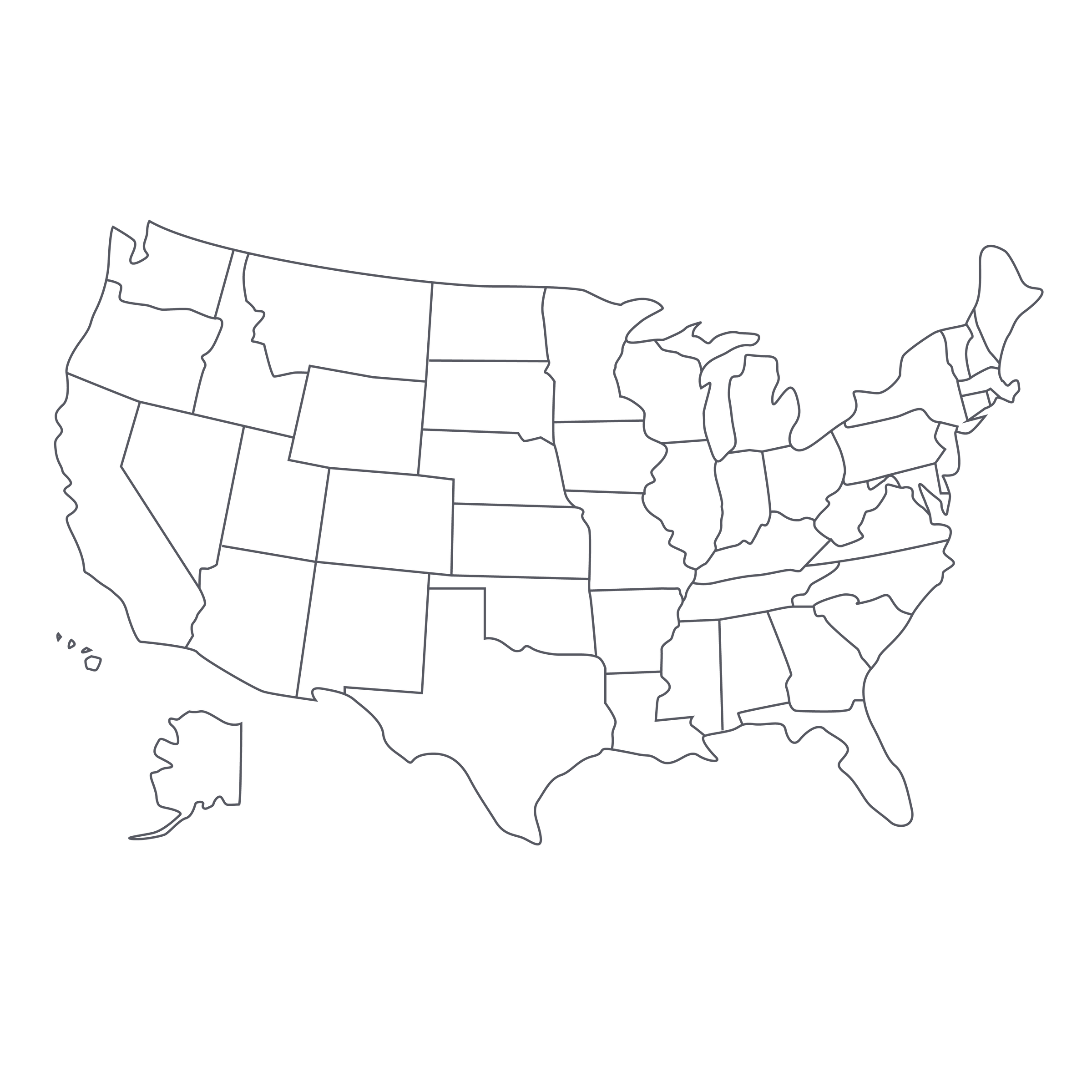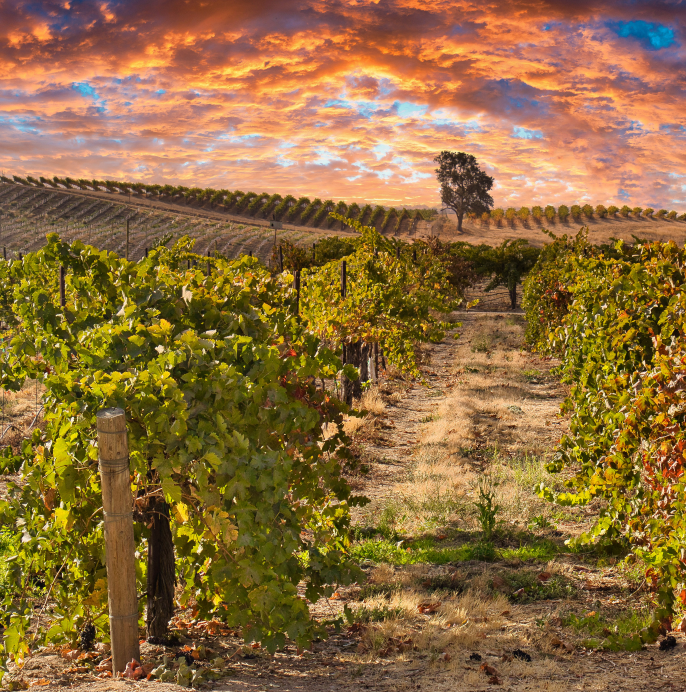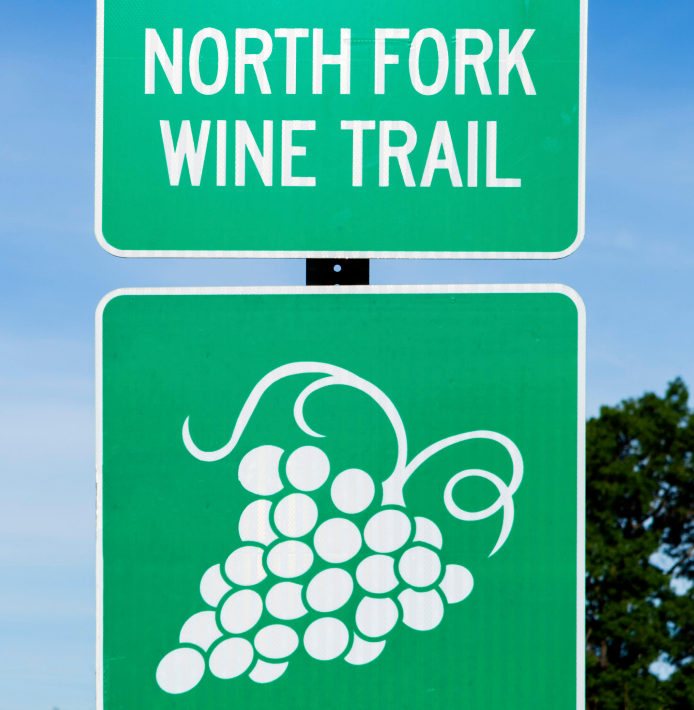Anyone who works in wine in any capacity would have to agree that the Peay brothers, Nick and Andy, are “living the dream.” A lot of us fantasize about doing what these guys did—which is, to create a “first generation” wine estate from scratch, and become one of the standard-bearers of their growing zone in the process.
Now with more than 20 years under their belts in Annapolis, a remote town in the northwest corner of Sonoma County near Sea Ranch, the brothers—along with Nick’s wife, Vanessa Wong—have become one of the signature producers on the “extreme” Sonoma Coast, where vineyards in close proximity to the Pacific produce beautifully delineated, cool-climate whites and reds. It’s not just savory and perfumed Pinot Noirs like this 2013 “Pomarium” bottling, but crisp and focused Chardonnays and spice-box Syrahs as well, everything not only place-expressive but blessed with Wong’s deft touch in the cellar. At this point, I’d call “Pomarium” a modern classic; it’s a reference-point Sonoma Coast Pinot Noir with a Burgundian soul, a must-try for anyone who craves the best from this magical, maddening grape.
The beating heart of the Peay operation is their 51-acre
estate vineyard, perched on a knoll above a river gorge just four miles from the Pacific. It is a hilltop site, which helps ensure enough sun exposure for grapes to ripen during the day in this otherwise windy, cold climate. The Peays found the land, a former apple orchard, in 1996, and planted the first 30 acres in 1998. As they waited for the vines to mature, UC Davis-trained Nick—who had been assistant winemaker at Storrs, in the Santa Cruz Mountains, from 1994-‘97—worked several harvests at Sonoma Coast pioneer Flowers, as well as one at Coldstream Hills in Australia. Vanessa Wong, a Bordeaux-trained enologist whose work experience included stints at Château Lafite-Rothschild in Bordeaux, Jean Gros in Burgundy, and Peter Michael in Napa/Sonoma, came aboard in 2001 to launch the Peay brand.
Nick Peay now serves as the estate’s vineyard manager, overseeing an organically farmed site that has grown to the aforementioned 51 acres: 34 of Pinot Noir; 8 of Syrah; 7 acres of Chardonnay; and a smattering of Viognier, Marsanne, and Roussanne. Perched on the “second ridge” from the Pacific Ocean, the vineyard’s soils are a mix of silty, sandy loam and clay—quite distinct from the limestone soils of Burgundy, and yet the Peay wines have a distinct minerality to them. They attribute this more to their cool climate than to the composition of their soils, and it’s fascinating to consider how ‘minerality’ in wine may be less about direct uptake from the soil and more about the overall physiology/environment of the vine.
These are the kinds of things sales-and-marketing man Andy Peay explores in great detail, endearing him to the geeky sommelier crowd in the San Francisco Bay Area and beyond: His notes accompanying the various Peay releases are epic treatises, not just “tech sheets.” This is just a brief snippet of what Andy had to say about the 2013 “Pomarium,” of which just 600 cases were produced:
“If you have been following the Pomarium cuvée since its debut in 2005 you have seen the wine’s personality gain ballast and become more earthy and masculine in recent vintages. This is in large part due to the aging of the vines as well as our ability to become smarter farmers with every year that passes by.”
Beyond the beautifully perfumed fruit, there are earthy, umami-rich notes which drew me to the 2013 Pomarium, which, like all the Peay Pinots, is not a “single block” wine but rather a stylistic selection culled from a variety of micro-fermentations. The wine was aged 11 months in French oak barrels, only 30% of which were new, and bottled unfined and unfiltered. One of the things you’ll notice straight away is it has great energy and balance, with a savory component that ties it more to Oregon or Burgundy than to the typical ripe and fruity California Pinot. In the glass, it’s a translucent dark ruby in the glass, with light garnet and pink reflections at the rim showing just a touch of ageing. Its expressive nose offers a master class in Sonoma Coast Pinot Noir: wild strawberry, red and black cherry, pomegranate, blood orange peel, wild mushrooms, black tea, baking spice, and a pronounced forest floor note all leap from the glass. It is medium-plus in body and nicely concentrated on the palate, continuing with delicate wild berry fruit and complex, umami-rich flavors through the long and multi-layered finish. It has these beautiful crushed-velvet tannins and well-moderated alcohol, giving it great lift and freshness on the palate—evoking memories of ‘old world’ Burgundy Pinot. Given its savory qualities, I’m thinking of some grilled salmon, and maybe breaking out the cedar planks to give it a little more woodsiness. If you really want to take it to the next level, clear out a spot in your backyard for a Native American-style salmon bake, of the type I enjoyed a few years ago up in Oregon. No doubt the Peays have done one out in Annapolis; if not, maybe it’s time for another visit (hint, hint)!






